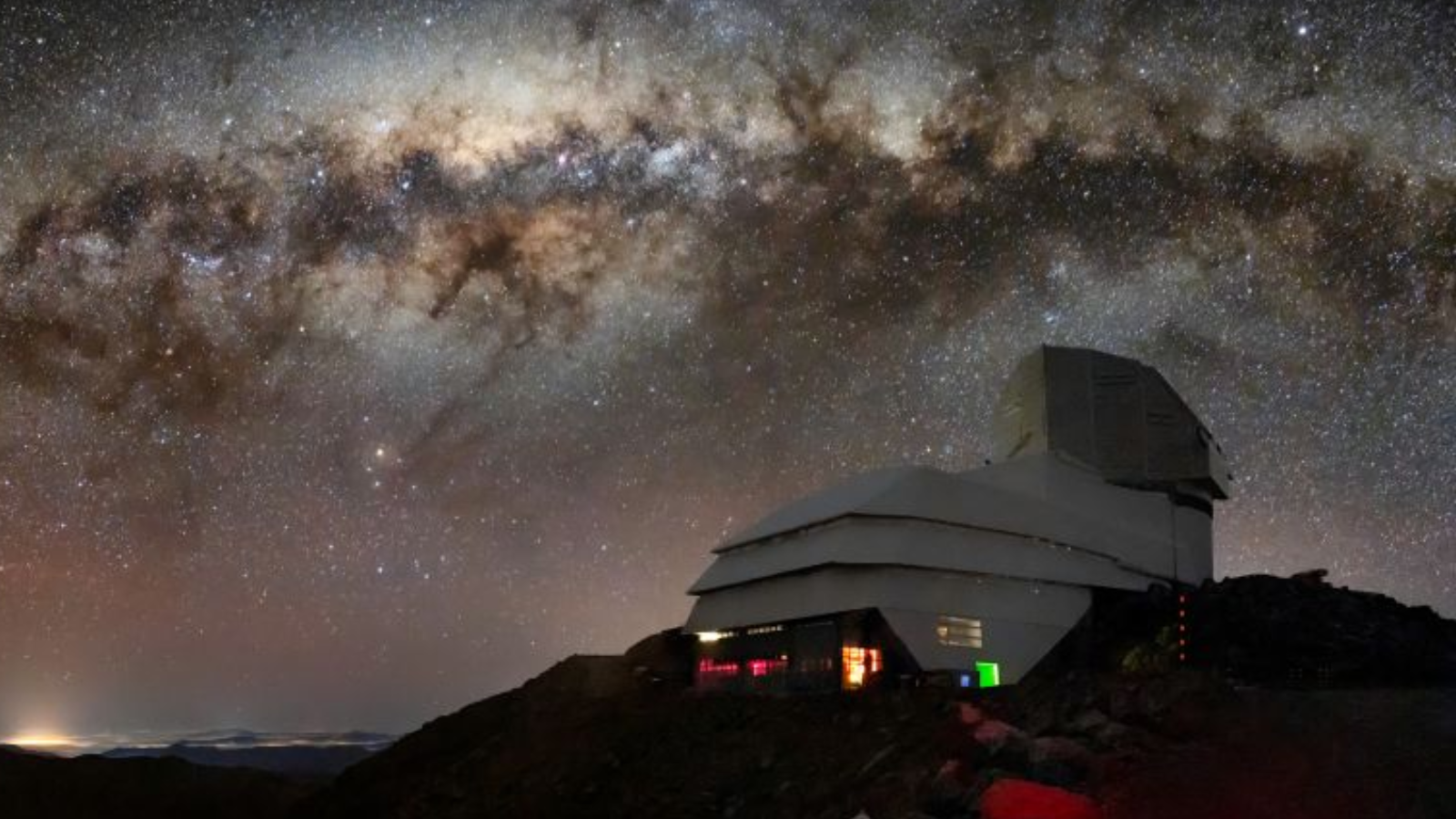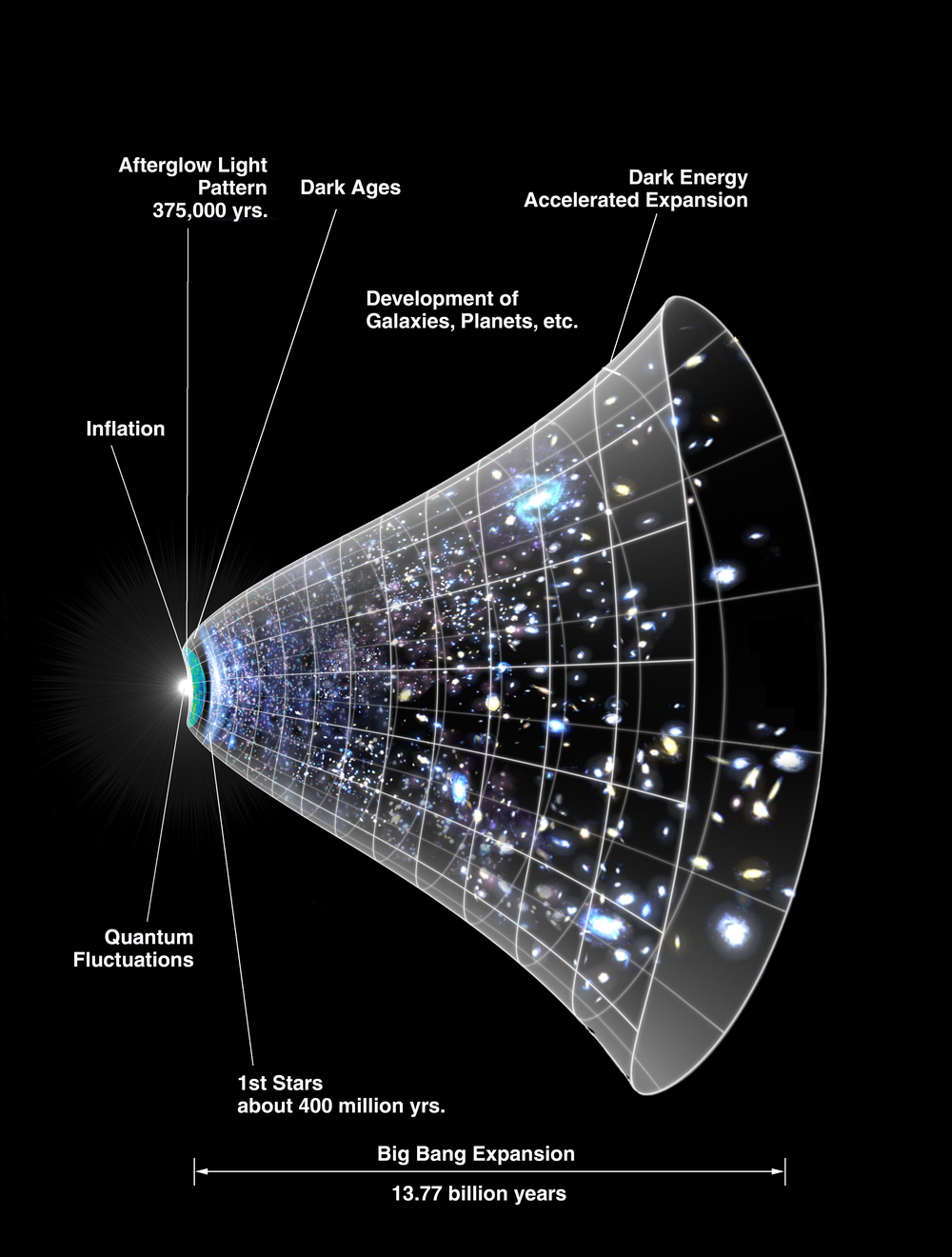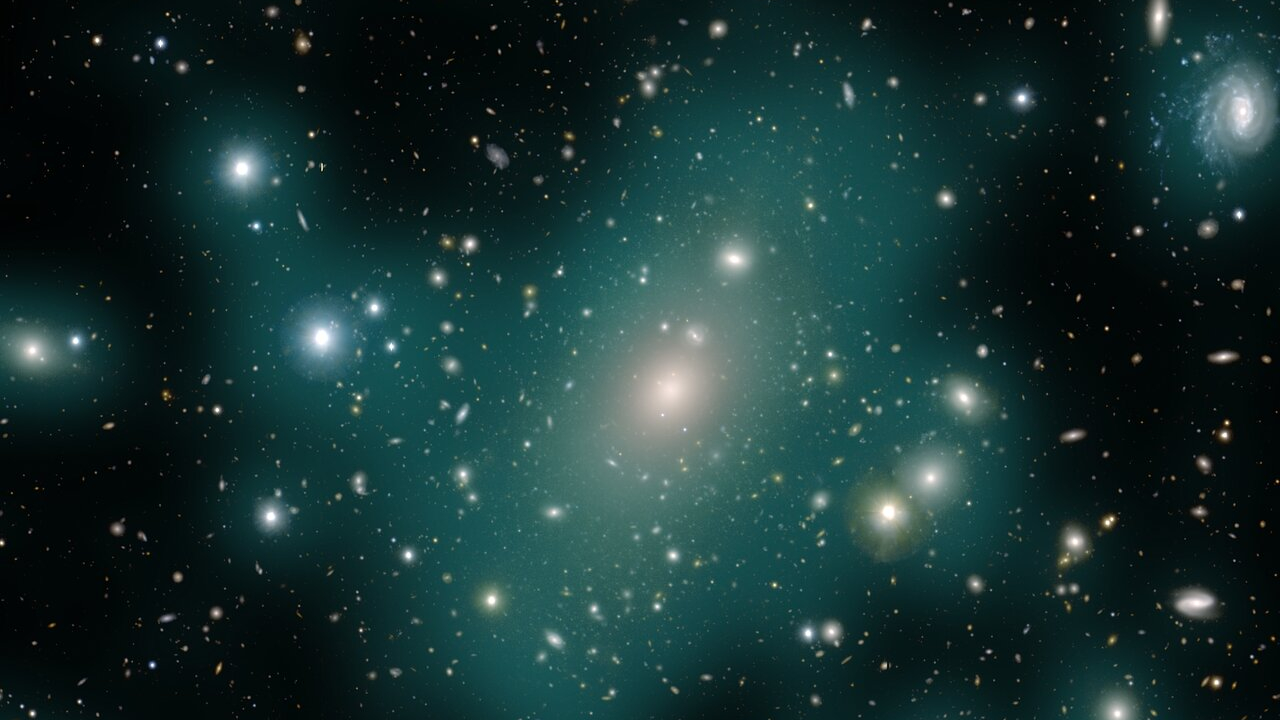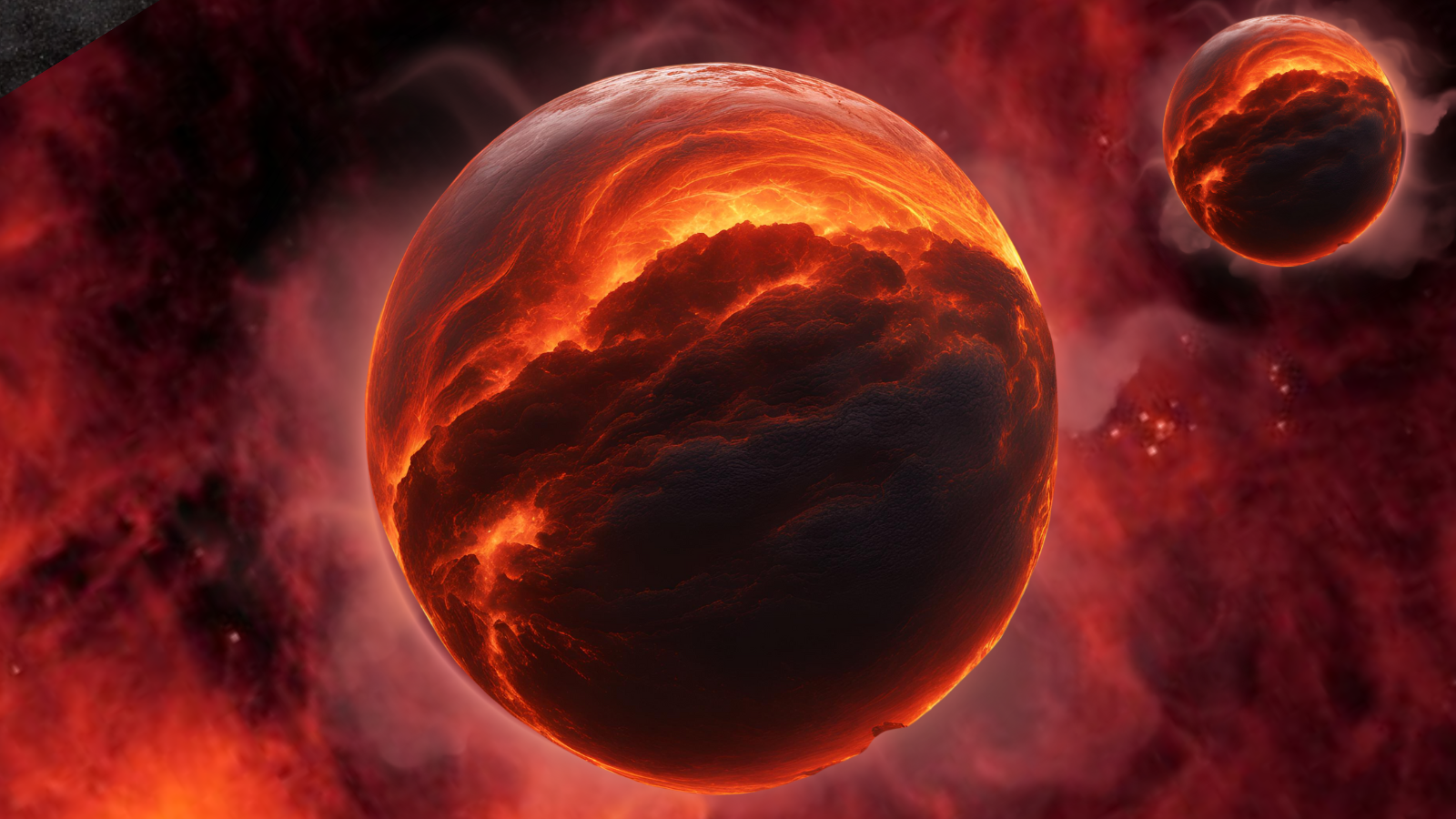1st images from the Vera C Rubin Observatory will drop on June 23. Here's why that's such a big deal
"People are going to be amazed at what we're able to see already."

On Monday (June 23), the public and the wider science community will get their first look at images from the Vera C. Rubin Observatory. This will arguably mark the biggest moment in astronomy since the first images from the James Webb Space Telescope (JWST) were revealed in the summer of 2022.
Rubin was built by the National Science Foundation and the U.S. Department of Energy's Office of Science on the mountain Cerro Pachón, high in the dry atmosphere of northern Chile. When its operational, the observatory will construct what Director of Rubin Observatory's construction, Željko Ivezić, described as the "greatest movie of all time and the most informative map of the night sky ever assembled."
The 8.4-meter telescope, equipped with the largest digital camera ever, will conduct the decade-long Legacy Survey of Space and Time (LSST), capturing the entire southern sky over Earth every 3 nights.
To get you properly prepped for the first images from Rubin, Space.com spoke to an array of scientists who will work with the observatory, as well as others who are just excited to see what images and data this groundbreaking instrument is set to reveal.
However, be warned: they're tight-lipped about just what images we will see.
"Until the images are revealed next week, all I can say is that people are going to be amazed at what we're able to see already," Andrés Alejandro Plazas Malagón, a researcher at Stanford University and part of the Rubin Observatory’s Community Science Team, told Space.com. "I am excited about using the largest digital camera in the world for astronomy — the LSSTCam, with 3.2 gigapixels — to survey the entire sky visible from its location in Chile over a 10-year period. This is something that has never been done before.
"We will be able to gather more data than any galaxy survey to date to help answer fundamental open questions in astronomy."
Mireia Montes: "It is going to be huge!"
Mireia Montes is a Ramón y Cajal Fellow at the Institute of Space Sciences (ICE-CSIC) who will use Rubin to track stars drifting between galaxies via the faint "intracluster light" they emit.
"Rubin is exciting because it is going to be huge! Surveys are normally limited by how much area they cover or how deep they go, following a method called the 'wedding cake strategy'," Montes said.
"This means they cover a large area but are not very detailed, or small areas in great detail. Large areas are good for having lots of galaxies, but depth is better for seeing faint things like the details of galaxies or very distant galaxies. You usually choose whether to go for depth or area. Rubin is going to provide both depth and area! This will help us to see things that are not usually very clear.
"The general public will see that the night sky is not as dark as we see it. In fact, when you look at deep images, you can see that there are objects (like stars and galaxies) everywhere you look. I think people are going to be amazed by the number of objects in this image, just as we were by the Hubble Deep Field ... but on a very different scale, as Rubin's camera is huge.
Rubin is going to show us the universe in a totally new way!"
Rubin and the dark universe
The wide-field view of Rubin will see the LSST gather data that could finally solve lingering mysteries surrounding dark energy, the force that accounts for around 68% of our universe's matter-energy content and causes the expansion of the cosmos to accelerate.
It is somewhat startling to consider that despite all of humanity's advances in science, we still only know what around 5% of the universe's contents are. All stars, planets, moons, animals, plants, and inanimate objects, everything we see is "baryonic matter" composed of atoms, but there is a lot more to the universe than this. The rest of the matter-energy content is known as the "dark universe."
Breaking space news, the latest updates on rocket launches, skywatching events and more!
Rubin has the right stuff to shine a light on the dark universe, which is divided into dark energy and dark matter, both of which account for about 17% of the universe's matter and energy but remains invisible because it doesn't interact with light.
"Studies of dark energy and dark matter are highly complementary with the Rubin Observatory and its LSST," Plazas Malagón said. "For dark energy, the LSST will measure the shapes and properties of billions of galaxies — an order of magnitude more than current photometric galaxy surveys — across cosmic time.
"This will allow Rubin to probe the growth of the large-scale structure of the universe, namely the cosmic web, which is dominated by dark matter, and the expansion history of the universe."

Plazas Malagón explained that the LSST will revolutionize the study of dark matter by mapping the sky with unprecedented depth and precision.
This will enable the detection of the smallest dark matter halos that surround small satellite dwarf galaxies and wrap around stellar streams. The observatory will also use a phenomenon first predicted in 1916 by Einstein called "gravitational lensing" to investigate the distribution of dark matter through large galaxies.
"It will test dark matter properties such as self-interactions, warm or ultra-light masses, and the presence of compact objects like primordial black holes," Plazas Malagón continued. "The LSST will also constrain exotic dark matter models — including axion-like particles — through stellar population measurements, and provide high-resolution maps of large-scale structure to explore how dark matter and dark energy interact.
"Combined with other experiments, LSST will offer powerful, complementary tests of dark matter's fundamental nature."
Among the most curious dark energy findings since its discovery in 1998 are hints from the Dark Energy Spectroscopic Instrument (DESI) that this mysterious force is weakening over time. The wide-field view of Rubin could help confirm this, which would prompt revisions to the standard model of cosmology, or Lambda Cold Dark Matter (LCDM), a model built on a constant dark energy strength.
"The LSST will collect vastly more data, which will help determine whether this is a real effect or just a fluctuation," Plazas Malagón explained. "In addition to studying dark energy, LSST will allow us to test the standard model of cosmology in other ways—examining the cold dark matter and dark energy hypotheses in the context of alternative models, including modified theories of gravity."
Luz Angela García Peñaloza: "An incredible milestone"
Luz Ángela García Peñaloza is a cosmologist in Bogotá, Colombia, specializing in dark energy. She explained why she is so excited about Rubin, its first images, and its ongoing mission.
"Rubin's first image release is an incredible milestone for the astronomical community. This observatory will cover the largest patch of the sky ever, capturing the light of approximately 20 billion galaxies.
Rubin (or LSST) is not only an impressive telescope that will complement the cosmic cartography we are doing with other galaxy surveys, but also a fantastic piece of engineering that will be online for the next 10 years.
We don't know yet what kind of images they will release on Monday, but I'm looking forward to seeing a deep field with tens of thousands of galaxies and stars. Remarkably, Vera Rubin is going to observe many, many galaxies in one night; thus, I expect to see beautiful images of the sky.
Rubin will help us constrain the Large Scale Structure of the universe and, along the same lines, the nature and dynamics of dark energy."
Rubin tracks stellar exiles, failed stars, supernovas and more
While Rubin will excel at studying galaxies en masse, some scientists will be interested in using its detailed view to look at what lies between those galaxies, namely, faint intracuster light.
"These processes are linked to the formation of clusters of galaxies, which are the largest structures bound by gravity in the universe," Mireia Montes is a Ramón y Cajal Fellow at the Institute of Space Sciences (ICE-CSIC), told Space.com. "Our understanding of the processes that form intracluster light is limited by small datasets. With Rubin, however, we will finally have the depth and numbers required to understand this light much better."
Montes added that the filters employed by Rubin will enable astronomers to determine the type of stars between galaxies that give rise to intracluster light.
That should then lead to the revelation of the origins of these "orphan" stars and how they came to drift between galaxies.

Rubin may also excel in spotting another type of faint stellar outcast, so-called "failed stars" or brown dwarfs. These are bodies that form like stars from a collapsing cloud of gas and dust, but fail to gather enough mass to trigger the nuclear fusion of hydrogen to helium in their cores, the process that defines what a main sequence star is.
The infrared vision of Rubin's Simonyi Survey Telescope combined with its wide field of view and ability to see deep into space, will make it the perfect instrument for discovering faint, infrared-emitting objects like brown dwarfs.

In fact, researchers have predicted that Rubin could detect thousands of brown dwarfs in the Milky Way, increasing our catalog of these "failed stars" by 20 times.
That could help us better understand the mass limit at which a star "succeeds" and becomes a star rather than a brown dwarf, and thus how our galaxy took shape.
Giuseppe Donatiello: "We must have an open mind to anything!"
Giuseppe Donatiello is an amateur astronomer from Italy who, thus far, has discovered a staggering 11 new dwarf galaxies in the local neighborhood of the Milky Way.
"Thanks to deep surveys, important discoveries have come in the Local Group, in particular, bizarre and decidedly unconventional objects have emerged. Rubin will certainly bring other similar discoveries, pushing their detection further," Donatiello said.
"The ability to go very deep will allow us to better define the timing in cosmic evolution, from the first stars to the current galaxies. Having such an instrument at our disposal does not limit the possibilities of observation, and we must have an open mind to anything new.
"Nature is more imaginative than we are!"
The future of astronomy is bright
This cursory list above is far from the extent of the phenomena that will be investigated by Rubin as it conducts the LSST.
"There will be major improvements in almost every area of astronomy," Montes said. "Understanding better our own Milky Way, the evolution of galaxies, finding more low-mass galaxies that will allow us to understand better how galaxy formation occurs at those masses, mapping the mass of our universe, and therefore understanding better our universe."
Plazas Malagón added that some of the other key questions the groundbreaking observatory could answer include: Are there undiscovered planets in the outer solar system (e.g., Planet Nine or Planet X)? What explosive and transient events occur in the universe? How do stars evolve and die? What are the electromagnetic counterparts to gravitational wave and neutrino events? What is the structure of the Milky Way's halo, disk, and bulge? What is the local galactic neighborhood like? Are there hazardous asteroids or comets that could impact Earth?
Phew! Little wonder scientists (and Space.com) are excited!
"I'm thrilled to see what the scientific community will do with this data," Alejandro Plazas concluded. "I'm especially excited about the new questions that will emerge — questions we haven't even imagined yet. We've built a discovery machine, and that's incredibly exciting to me.
"One of the most exciting aspects is the unexpected discoveries that lie ahead!"
Join our Space Forums to keep talking space on the latest missions, night sky and more! And if you have a news tip, correction or comment, let us know at: community@space.com.

Robert Lea is a science journalist in the U.K. whose articles have been published in Physics World, New Scientist, Astronomy Magazine, All About Space, Newsweek and ZME Science. He also writes about science communication for Elsevier and the European Journal of Physics. Rob holds a bachelor of science degree in physics and astronomy from the U.K.’s Open University. Follow him on Twitter @sciencef1rst.
You must confirm your public display name before commenting
Please logout and then login again, you will then be prompted to enter your display name.
